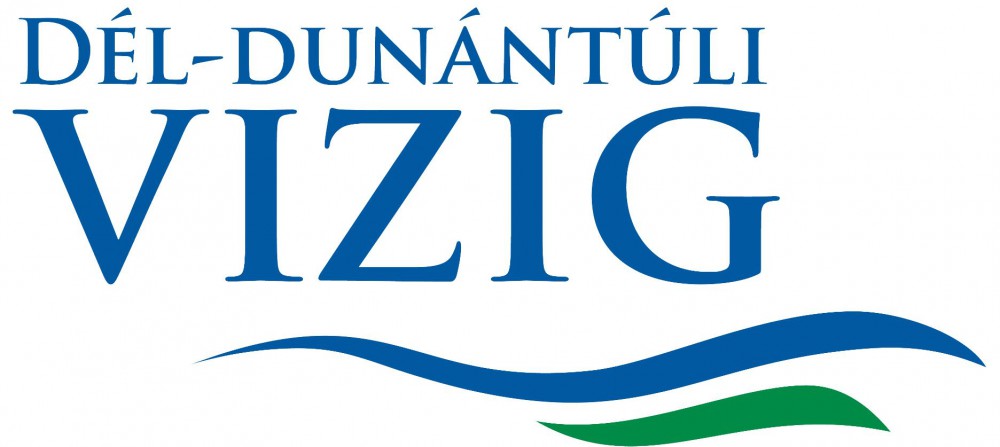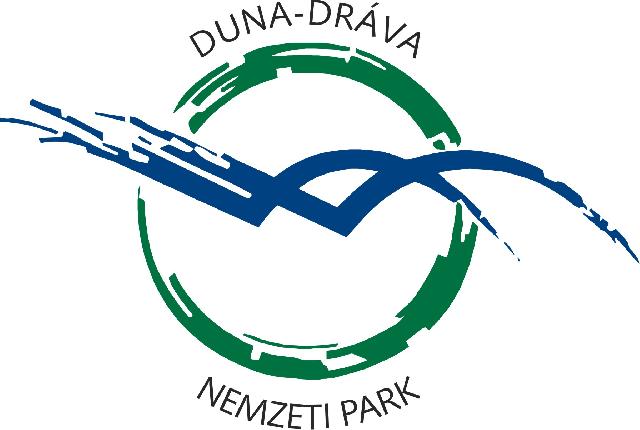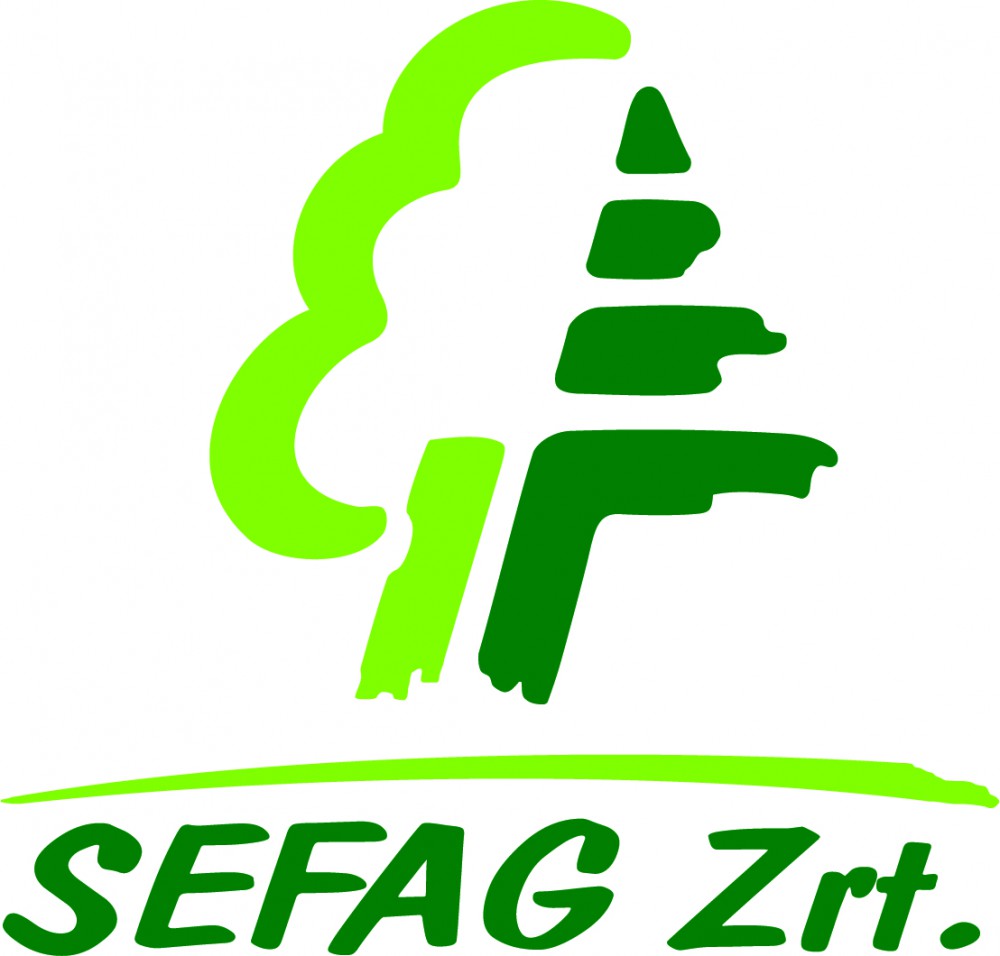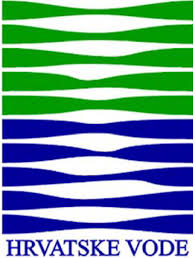Partners
Coordinating Beneficiary
 WWF Hungary
WWF Hungary
WWF started its operations in Hungary in 1991, with supporting Birdlife Hungary in species conservation projects. The conservation goals focus on forests, rivers and wetlands, extensive land use, the protection of certain endangered species and the environmental challenges in a member country of the European Union. We are working tirelessly for humanity and nature to live in harmony with each other. Our aim is to preserve biodiversity, to reduce pollution, to contribute to the sustainable use of the palent’s natural rescources and to encourage the use of renewable energy sources.
The method applied by WWF is the combination of active policy work and underpinning field activities to provide a working model for restoration and site management. Target groups and partners in the projects are decision makers, relevant authorities, research experts and local stakeholders.
Associated Beneficiaries
 South-Transdanubian Water Management Directorate
South-Transdanubian Water Management Directorate
The 10,000 km2 operational area of the South-Transdanubian Water Management Directorate is mainly located in Counties Somogy and Baranya with a smaller area to be found in County Tolna. The area is of mainly hilly characteristic, flat areas are situated in the northern and southern parts of the operational area. About 730,000 people inhabit the area’s 528 settlements out of which there are only 29 towns and the rest portray a small-sized settlement pattern.
The main recipients, such as the River Danube, the River Dráva and Lake Balaton lie in the periphery of the operational area. The density of the watercourse network is 1.17 km/km2 and this value is several times greater than the national average. The length of the watercourses in our trusteeship is about 3,290 km. Due to the high density of the watercourses and the hilly characteristics; there are a great number of lakes (more than 600) in the operational area.
The majority of the free (utilizable) surface water resources are along the two rivers, Danube and Dráva; in order to meet demands for water in the inner areas the only solution is reservoirs. There is no irrigation structure to be found in the operational area. More significant underground water resources are to be found along River Dráva. The Directorate is responsible for a 107.3 km long section of Category 1 flood protection dike; 19.9 km is situated on the right bank of Danube from Mohács to the state border; and 87.4 km is on the left bank a Dráva from Tótújfalu to the state border – together with the backfilled waters of ‘Pécsi-víz’ and ‘Fekete-víz’.
12 stable pumping stations at Lake Balaton, along the River Danube and the River Dráva, in three inland water protection sections support the excess water control activity with a total capacity of 15.2 m3/s. The South-Transdanubian Water Management Directorate is a public body that operates from state budget and employs 184 civil servants.
 Danube-Drava National Park Directorate
Danube-Drava National Park Directorate
The sixth Hungarian national park was founded in 1996 to protect the floodlands of the rivers Danube and Drava. Centuries of dynamic forces represented by the two rivers have created one of the largest wetland systems known today in Europe, continued in the south beyond the state border.
The operation area of the Danube-Drava National Park Directorate covers almost 1,5 million hectares and it consists of Baranya, Somogy and Tolna counties, but there are smaller areas in Bács-Kiskun and Fejér counties as well. The protected areas exceed 100 thousand hectares from which 50 thousand hectares are under the highest level protection (National Park). The National Park along the Danube extends south from the mouth of the River Sió to the Hungarian border, and along the whole of the River Drava. In addition, there are 5 Landscape Protection Areas (Boronka-side, Eastern Mecsek, Western Mecsek, Zselic and Southern Mezőföld).
19 Nature Conservation Areas can be found in the operation area. Most of the protected areas belong to the ecological network of the EU, called Natura 2000. In addition to the nature conservation activity the Danube-Drava National Park Directorate has place a great emphasis on environmental education and ecotourism since its foundation. In order to meet the increasing demand of environmental education and ecotourism the Directorate continuously creates study trails, builds up-to-date visitor centres, provides guided tours, organizes conferences, workshops and youth camps, and publish leaflets, brochures, maps, etc.
In addition to the traditional study trails, the Directorate has created new type of trails e-study trails): the guidebooks of these trails can be downloaded from the internet. The guidebooks of these trails are very flexible: they can be easily changed according to the seasons. The Danube-Drava National Park Directorate organizes every year regular programmes e.g. dark sky observation, canoe tours, and series of awareness-raising presentations.
The Danube-Drava National Park Directorate put a great ephasis on participating in any events (conferences, fairs, festivals, etc.) organized in its operational area. These events provide opportunities to keep in touch with local people. By increasing local capacity building and employment opportunities, ecotourism is an effective vehicle for empowering local communities and to achieve sustainable development.
 SEFAG Forest Management and Wood Industry Share Co.
SEFAG Forest Management and Wood Industry Share Co.
The SEFAG Forest Management and Wood Industry Share Co. is engaged in the management of over 80 thousand hectares of state-owned forest land in Somogy county, South-West of Hungary. A considerable portion of the timber produced in their forests is processed by their own sawmill. Also, they are having own seed and sapling production to be used in forest planting and re-planting.
As being the major game management company in Hungary, one of their basic activities is big game management, with special focus on red deer. Based on their forest assets, SEFAG also have recreation and hiking tourism served by significant tourism infrastructure. They also put emphasis on education, they operate a "forest school" where school children spend 3-5 days to study the forest as an ecosystem, the species living in it, and the way of timber production.
Their Plc. consist of 8 forestry companies with a various forest habitats. They have their machinery what is used in forest management work. In the past decades it is more and more important to manage forests in harmony with nature conservation needs, especially on protected and Natura 2000 forests.
SEFAG regularly delegate their foresters to participate workshops and conferences where they see examples for sustainable forest management. In some forested areas managed by their Plc. SEFAG face the counter-interest of timber production and nature conservation. In large areas in Somogy they face the problem of forest quality degradation due to drying of the site.
 Hrvatske vode, Legal entity for water management (Croatian water authority)
Hrvatske vode, Legal entity for water management (Croatian water authority)
Hrvatske vode is a public institution with the mission of water management in Croatia to protect lives, health and property from flooding and to ensure permanent availability of water through optimizing the economic and environmental benefits on the principles of sustainable development.
Hrvatske vode manages all works related to water management on the state level and on the level of river basin districts: varying from preparation of conceptual solutions, planning, gathering resources and financing works up to organizing actual works, organizing flood defence and other forms of protection from adverse effects of water as well as performance of certain work related to organization and control of water exploitation and water protection. Hrvatske vode are managing water estate and water structures and performing public authorities under which they issue water rights and other acts, concluding contracts on concessions and contracts on exploitation of public water estate, etc.
The first organization for water management in the territory Republic of Croatia was established more than 140 years ago. It was called Flood Protection Association (Nasipsko društvo) in Darda established for the purpose of performing regulation and other types of work for protection from adverse effects of the Drava River. This period has seen great changes in state, political and legal systems, which in turn brought about changes in the organization of water management. Water associations and communities, different administrations, interest groups, companies, work organizations and other forms of organizations were established and then dissolved and it was not until 1965 that organized approach to water management was established.



